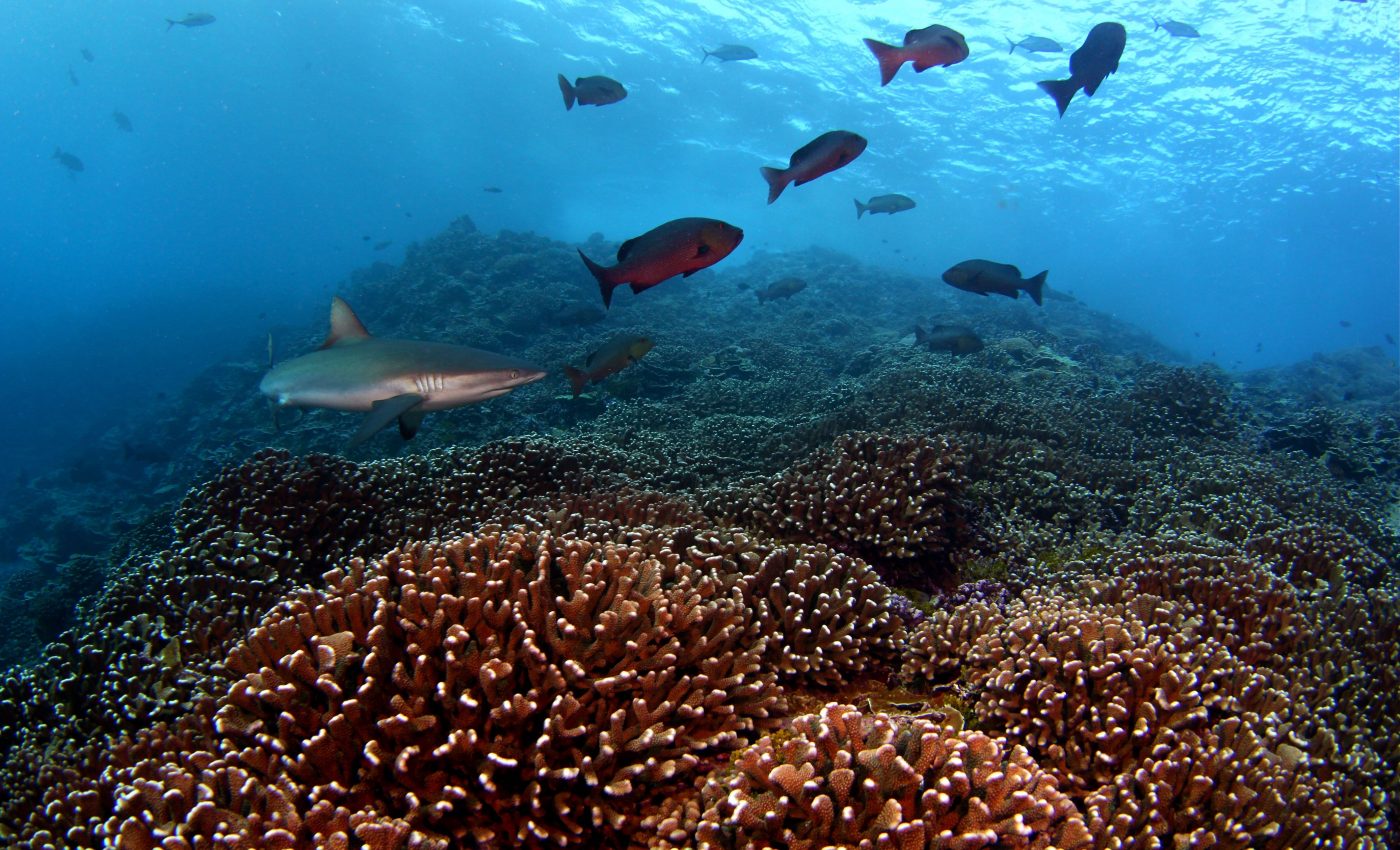
Coral reef microbes have distinct day and night rhythms
The microorganisms that help keep coral reef ecosystems healthy and thriving have different levels of activity at night and during the day, according to a new study.
Corals are just one part of a reef ecosystem, and each piece plays a key role in the health and adaptability of coral reefs.
Reefs are home to a diverse array of marine wildlife from algae to large predators like sharks, and the very bottom of the food chain sits bacteria and other microorganisms. These microorganisms recycle organic matter into useful nutrients like nitrogen and phosphorous.
Researchers from San Diego State University, the University of Hawaii at Mānoa, and Scripps Institution of Oceanography conducted a study comparing the day and night rhythms of bacteria from reef ecosystems.
The study was published in the journal Nature Communications and is one of the first studies of its kind to examine the day and night rhythms of reef microorganisms.
“Investigations of day-night rhythms of reef processes are required to holistically understand the functional roles of microbial players in these ecosystems,” said Linda Wegley Kelly, the co-lead author of the study.
The research team surveyed reefs along the Southern Line Islands south of Hawaii and sampled the water above the reef at night and during the day. They analyzed the samples and were able to measure differences in water chemistry and microbe abundance and diversity.
Not only did the researchers find that microorganisms had different patterns of activity during the day compared to at night, but also these changes were consistent across different reefs separated by hundreds of miles.
Microbe activity across the reefs decreased at night but increased the next day.
One group of microbes, Psychrobacter, make up 40 to 70 percent of the microbial marine reef community, but at night, Psychrobacter levels are 100 times less abundant compared to the day.
“Those who study reefs know that these ecosystems change significantly from day to night, but this study reveals one previously invisible aspect of that change: a dramatic and predictable shift–not only in what microbes are doing–but which groups are most abundant,” said Craig Nelson, a co-leader of the study.
The researchers will continue to study these important processes and work to understand what drives microbial day-night rhythms.
—
By Kay Vandette, Earth.com Staff Writer
Main Image Credit: Brian Zgliczynski














